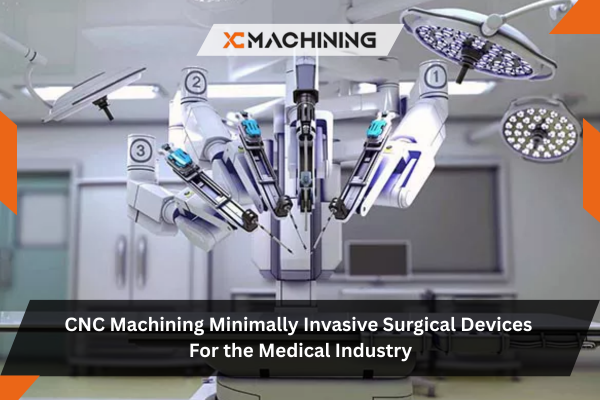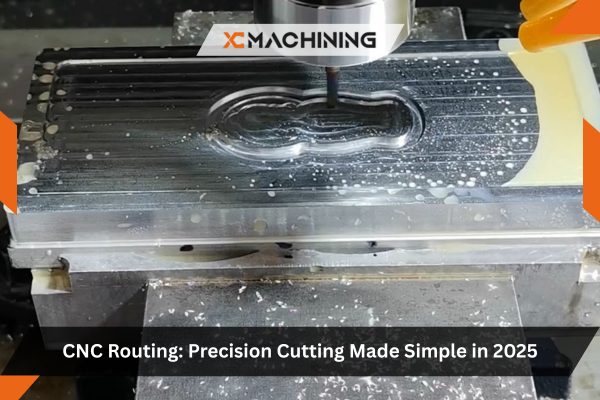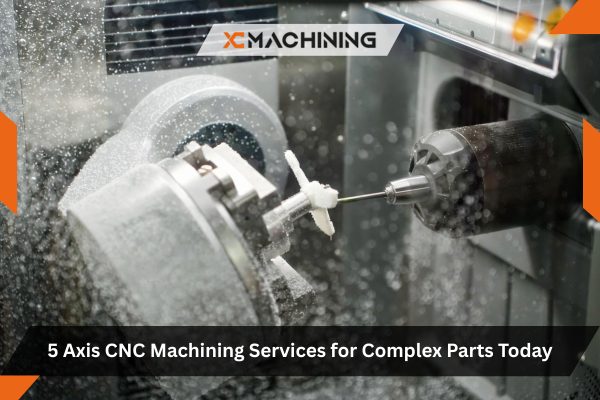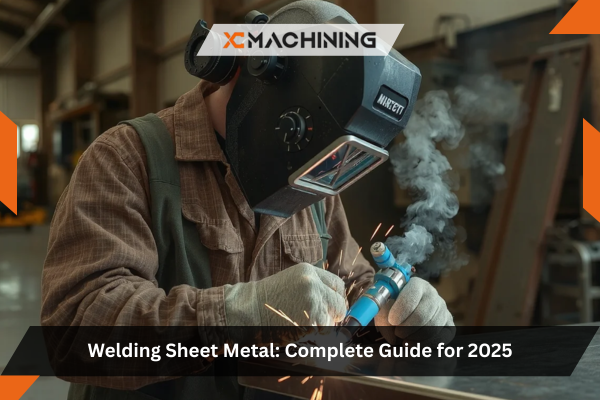How to create safety and precision for CNC machining minimally invasive instruments? The answer is obvious, with time, advancements in medicine are happening fast and today, doctors often use less invasive procedures to speed up recovery, prevent major injuries and improve results for patients. The most important element behind these technologies is Computer Numerical Control machining system.
This blog post is all about the exploration of how CNC machining minimally invasive instruments is shaping the future of surgical care, especially in laparoscopic and endoscopic procedures.
Table of Contents
A Look Into the Process of the Complete CNC Machining
CNC machining is a manufacturing process that uses computers and tools to cut away parts from a material. When used for medical instruments, CNC machining is needed to make parts that are both extremely precise and very small which are important for methods of modern, minimally invasive surgery.
Thanks to this method, that are made with excellent quality, can be trusted and can be reproduced consistently in medical emergencies.
High Precision is Vital for Minimally Invasive Surgery
For a minimally invasive surgery, keys are tiny cuts and small tools. Laparoscopes and endoscopes should be extremely accurate, always clean and totally reliable. CNC machining truly stands out at this part of the process.
Grand View Research forecasts that global minimally invasive surgical instruments will grow at a 9.6% rate, eventually reaching $55.6 billion by 2030. This surge is driven in part by advancements in micro-machining and increasing demand for precision in laparoscopic instruments.
Which CNC Machining Tools Benefit Medical Device Manufacturing
1. Laparoscopic Instruments
These tools have to fit into small sections inside the machine. With CNC machining in medical industry, manufacturers can deliver precision in laparoscopic instruments, improving performance and reducing complications.
2. Endoscopic Devices
The fabrication of endoscopic devices demands miniaturization and smooth finishing to minimize tissue damage. Thanks to their high level of tolerance, CNC machines help create both complex channels and moving parts.
3. Guidewires and Catheters
Often used in cardiac and neurological procedures, these tools must be microscopically accurate. CNC machining minimally invasive instruments ensures tight tolerances and fine detailing that manual methods can’t achieve. Most of the time, doctors need to be extremely accurate and supportive of surgery tools for the heart and brain, so they prefer these.
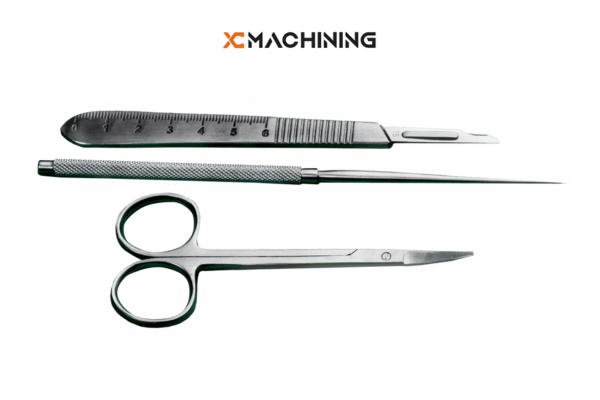
Different Materials that Can Work With CNC Machining
Biocompatible Materials: Many biocompatible materials are suited for use in CNC machines.
Titanium: Because titanium is light and doesn’t rust, it is commonly used in surgery.
Stainless Steel: It is both strong and popular for making reusable medical products.
PEEK Plastics: Peek can give good resistance to many chemicals and is sturdy.
This flexibility makes CNC ideal for small-scale CNC medical components for surgery that need to meet both mechanical and biological safety standards.
Building New Technologies Through Micro-Scale Supply
The move toward micro-scale surgical tool production is no longer futuristic. Using 5-axis CNC machining and fine milling methods, manufacturers today can manufacture surgical parts that measure 0.2mm or less in diameter.
Indicators that are part of this tool are:
- Micro-scissors
- Forceps
- Needle holders
- Biopsy tools
These advancements underscore the importance of CNC machining minimally invasive instruments for creating tools that enhance surgical precision.
Comparison of CNC Machining and Other Manufacturing Processes
| Feature | CNC Machining | 3D Printing | Injection Molding |
| Precision | Excellent | Moderate | Moderate |
| Material Range | Wide | Limited | Moderate |
| Speed | Fast | Slow (for small scale) | Fast (high volume) |
| Cost | Moderate | High (initial setup) | Low (mass production) |
In most clinical-grade applications, CNC machining minimally invasive instruments is the superior choice due to its high precision and material flexibility.
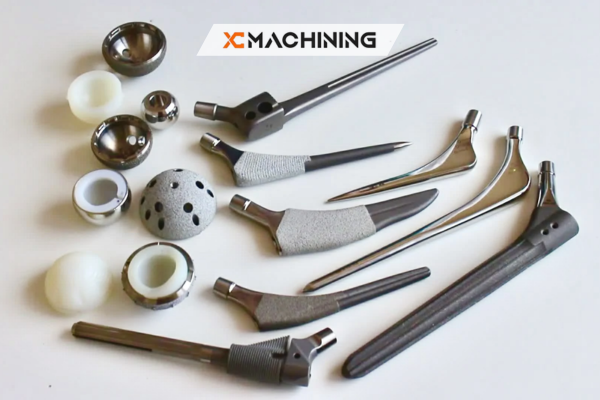
Future of the CNC Machines and Medical Devices
CNC systems run on AI technology today, and smart manufacturing is made easier by IoT solutions. Making ultra-micro structures with certainty. The advancements in micro-machining enable even finer tools for robotic surgeries. These trends will continue driving innovation in small-scale CNC components for surgery and expanding the capabilities of healthcare professionals.
Conclusion
The world of surgery is being transformed by CNC machining minimally invasive instruments. Because accuracy is more important, wounds are smaller and the need for quick healing is rising, the market for well-engineered instruments is growing. From micro-scale surgical tool production to fabrication of endoscopic devices, CNC machining is a vital driver in this medical revolution.
Manufacturers, medical suppliers and healthcare innovators have to use and understand CNC machining simply to compete and save lives.
FAQs on CNC Machining Minimally Invasive Instruments
1. For what purposes is surgery using CNC technology?
CNC machining is a method used to build accurate, small tools including laparoscopic instruments, endoscopes and catheter components.
2. Can CNC machining produce medical tools as well as 3D printing?
Usually, CNC machining gives better results and is friendlier for the body than 3D printing, especially for tools used by surgeons.
3. Which kinds of materials make the best CNC surgical instruments?
Durable and safe options for cardiovascular materials are stainless steel, titanium, and PEEK plastic.
4. How narrow a margin does CNC technology leave for surgical components?
Ultra-precise small components for surgery can be built by advanced CNC machines using a 0.2mm protocol.
5. What will CNC medical manufacturing look like in the near future?
New practices are adopting AI, implementing nanomachines, and increasing flexibility and speed with smart factory methods.

